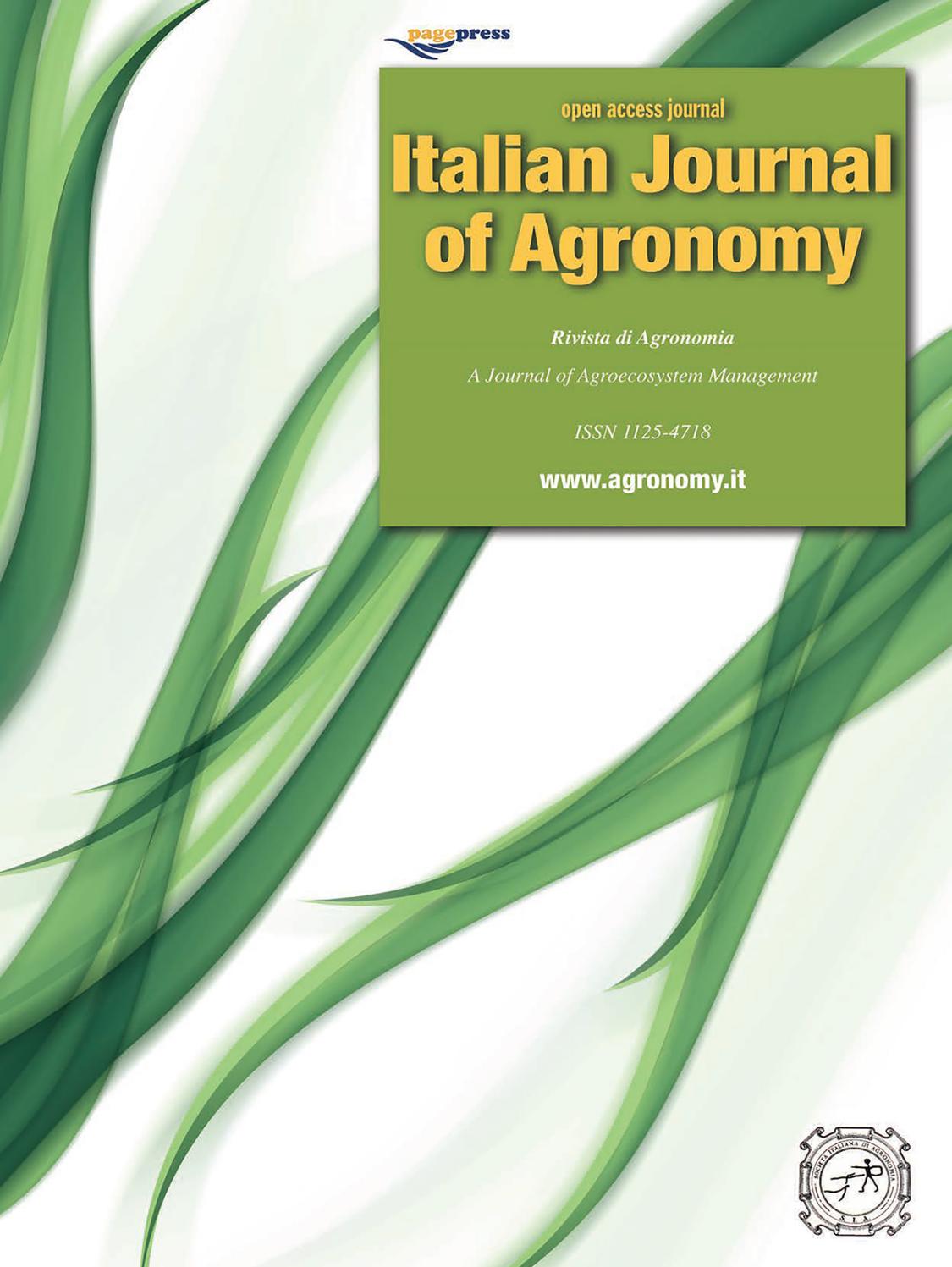Ver ítem
- xmlui.general.dspace_homeCentros Regionales y EEAsCentro Regional Buenos Aires NorteEEA PergaminoArtículos científicosxmlui.ArtifactBrowser.ItemViewer.trail
- Inicio
- Centros Regionales y EEAs
- Centro Regional Buenos Aires Norte
- EEA Pergamino
- Artículos científicos
- Ver ítem
Junglerice (Echinochloa colonaL.) seedling emergence model as a tool to optimize pre-emergent herbicide application
Resumen
Junglerice (Echinochloa colona), one of the worst and most problematic weeds globally, causes significant economic losses due to yield loss and control cost increase. Taking into account that this weed emerges in approximately five months - from September to January -, and considering that reducing herbicide use is key in the current intensification of agricultural production systems, the present study was carried out under the hypothesis that there
[ver mas...]
Junglerice (Echinochloa colona), one of the worst and most problematic weeds globally, causes significant economic losses due to yield loss and control cost increase. Taking into account that this weed emerges in approximately five months - from September to January -, and considering that reducing herbicide use is key in the current intensification of agricultural production systems, the present study was carried out under the hypothesis that there should be an optimal moment for pre-emergent herbicide application to achieve maximum weed control effectiveness and efficiency. Therefore, experiments were carried out from August 2016 to January 2021 in Pergamino, Buenos Aires province, Argentina, using a double-logistic emergence model of junglerice seedlings. Bicyclopyrone plus s-metolachlor, clomazone, and pyroxasulfone plus saflufenacil were applied at different times between 92 and 478 growing degree days (GDDs). Single applications between 348 and 399 GDD were observed to reduce junglerice seedling emergence by 85 99%, depending on the herbicide used. Such a seedling emergence reduction could be a convenient strategy to provide significant weed suppression in the field in combination with a competitive crop and within a sustainable production system. The results of the present study lead to the conclusion that using predictive models for pre-emergent herbicide applications ensures more effective use of herbicides and reduces the amounts of herbicides used and the risks of selecting herbicide-resistant junglerice populations.
[Cerrar]

Fuente
Italian Journal of Agronomy 16 (4) : 1845. (November 2021).
Fecha
2021-07
Editorial
Italian Society for Agronomy
ISSN
2039-6805 (online)
Formato
pdf
Tipo de documento
artículo
Palabras Claves
Derechos de acceso
Abierto
 Excepto donde se diga explicitamente, este item se publica bajo la siguiente descripción: Creative Commons Attribution-NonCommercial-ShareAlike 2.5 Unported (CC BY-NC-SA 2.5)
Excepto donde se diga explicitamente, este item se publica bajo la siguiente descripción: Creative Commons Attribution-NonCommercial-ShareAlike 2.5 Unported (CC BY-NC-SA 2.5)


